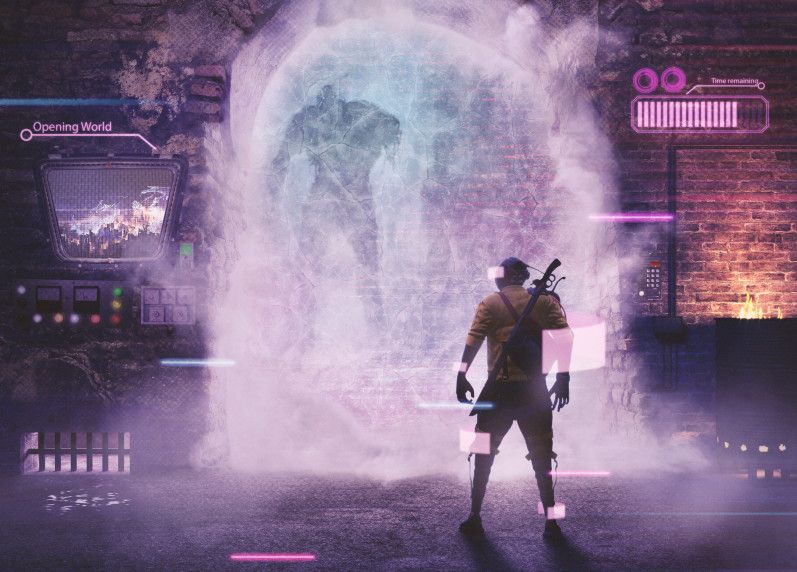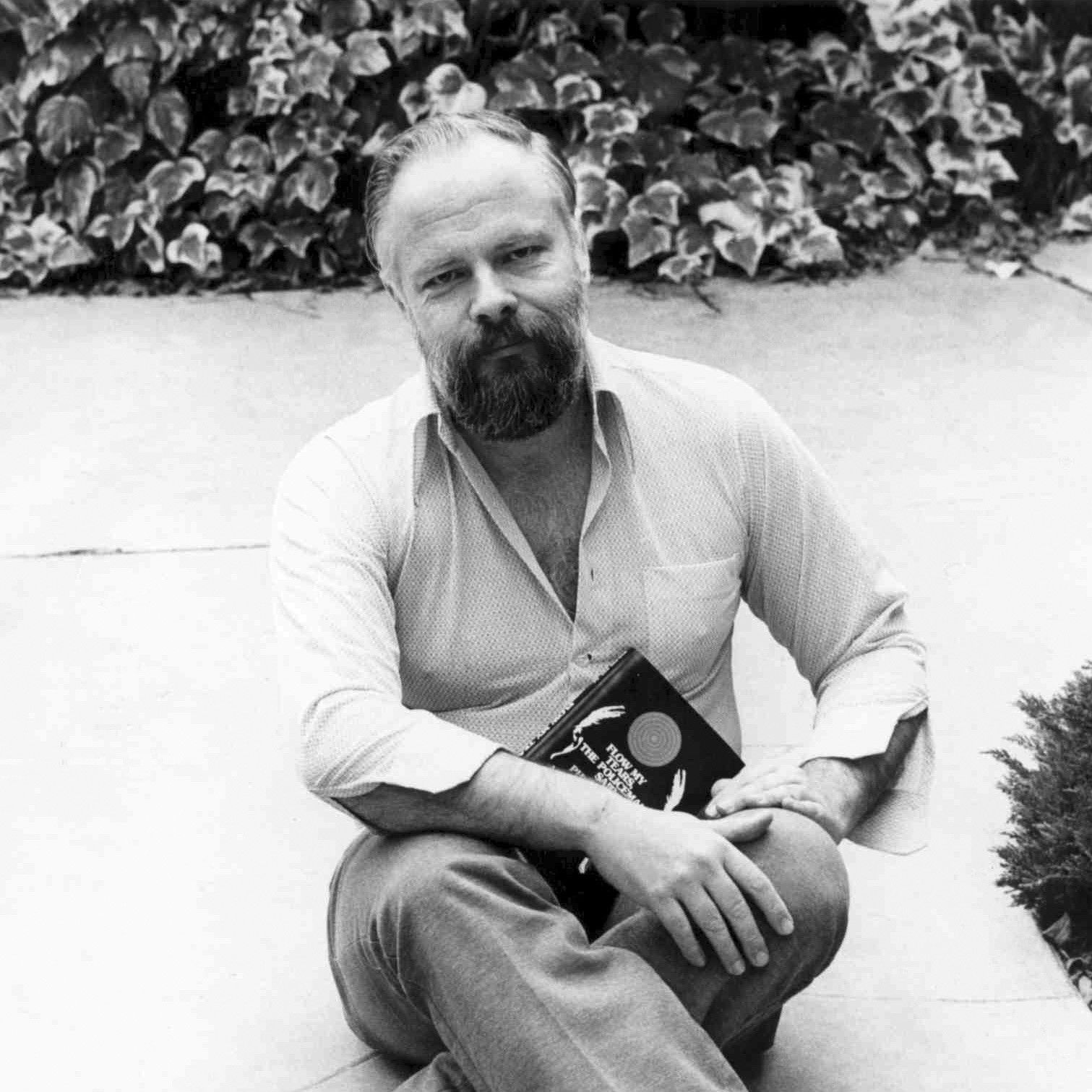Cyberpunk, a rebel no more?
Perhaps the new cyberpunk is losing the ability to create scenarios. Is it becoming just consumer fiction made to amaze the reader and that's all?

The term "cyberpunk" was originally invented to describe a type of Anglo-American science fiction that became popular in the 1980s. However, Cyberpunk existed as early as the 1970s. Classic works of cyberpunk include William Gibson's Neuromancer (1984), the anthology Mirrorshades (1986), and books by Bruce Sterling (1954-), Lewis Shiner (1950-), and Rudy Rucker (1946-).
Classic SciFi vs Classic Cyberpunk
The vision of a future (more like an alternate present) distorted by the dystopia of a post-industrial civilization is the most obvious common element in first cyberpunk novels. Thus, the space of classic Cyberpunk is narrow, claustrophobic, suffocating, while classic science fiction proposed vast, infinite, extreme (almost unattainable) spaces, giving human fears and anxieties the form of aliens, monsters, or whatever, but fighting these fears with the belief that science could always provide solutions. In Science Fiction, aliens are "shocking" because they are different from humans. In cyberpunk, humans are shocked by themselves and become alienated beings (human to alien).
The Collapse idea
In Cyberpunk genre, the new frontier of space has become the new frontier of thought. It is grafted onto technology, which advances with man. Technology is not around man, but inside him. In Science Fiction, the border is the resources that cannot keep up with the limitlessness of the horizon of ideas, the collapse, therefore, lies in the impossibility of realizing what the imagination, fueled by scientific predictions, manages to hypothesize; it is a collapse given by the gap between hypothesis and resources. In Cyberpunk, however, this collapse is in relation to society, which is suffocated by an inhuman economy. And everything moves from the realm of scientific hypothesis to that of information and data.

Relationships become processes
Data, not real wealth or simply cash, is the economy of the Cyberpunk world: Information is the main product, and this complicates and changes the relationship between man and machine, because it is precisely this relationship that produces the information that flows in the transparency of the virtual world, but alters the real concreteness: Relationships become processes. People not only produce data, they experience it and are invaded by it. Every user connected to the net absorbs and emits information, and Cyberpunk is concerned with shaping and contextualizing this flow, linking it to narratives that have science fictional overtones because of their futurism and the presence of technicalities, assumptions, and technologies. Although the authors of the Cyberpunk genre have always rejected the definitions and labels, the main narrative elements form a recursive pattern. They are used in different ways, but always move similar content and guiding themes.
Fragmenting the future
Cyberpunk was not alone in challenging the optimism of Golden Age science fiction. It had already been challenged in the 1960s and 1970s by the highly politicized, social-issue-oriented New Wave fiction, which focused on dystopias and offered a pessimistic vision of the future (which was then already present). In fact, Cyberpunk begins to be more clearly defined among authors of this type of science fiction. Philip K. Dick (1928-1982), J.G. Ballard (1930-2009), Ursula Le Guin (1929-2018), Harlan Ellison (1934-2018), Samuel Delany (1942-), Michael Moorcock (1939-), and James Tiptree Jr. (1915-1987) have all contributed to the shift in perspective, the fragmentation of the future, its juxtaposition with the present, and the dampening of the optimism of classic science fiction. Science is no longer just a friend, but also a foe. The robot may be the artificial alien built at home, and cybernetics is no longer just a resource for improving life, but also for dehumanizing it.
And Philip Dick
Philip Dick's importance to cyberpunk is absolute, especially in relation to the novel Do Androids Dream of Electric Sheep?, which became a cult classic with the film adaptation of Blade Runner. He had already anticipated the defining themes of Cyberpunk: the entanglement of man and machine, travel to parallel/virtual realities, a creeping techno-mysticism. His characters, his world view, his paranoid scenarios are already opposed to any form of scientific optimism. His characters never act in extraterrestrial adventures, in boundless spaces or open horizons. They are trapped in themselves, exploring their inner limits in search of meaning, while the world around them is shattered or already burned. Dick is a cyberpunk in his own right. We can associate him with the classic cyberpunk anti-hero, his life as a protester and libertarian, outsider, drug experimenter, self-destructive, and victim of a mysterious death (heart attack, drug abuse, or suicide?). If the subjective view of the individual in a chaos of overlapping realities is the thematic center of Gibson's cyberspace, Dick gives that overlap a paranoid trigger. If J.G. Ballard's inner space is the key to understanding reality, Dick's inner space is at times entirely constructed and artificial.

Not only SciFi
But Cyberpunk is not just the rebel child of science fiction. It also has its own identity, its own character, inherited from authors and literary movements outside of science fiction. For example, 1940s hardboiled detective fiction (Chandler, Hammett). In Neuromancer, the protagonist Case is the defeated, marginalized hero. The city is an asphalt jungle; the romance is infused with disillusionment and pessimism; the sex is almost mechanical; the violence is noir. There are atmospheres typical of certain novels by William Burroughs (1914-1997) and Thomas Pyncheon (1937-), for example, even in Blade Runner. There's the bizarreness and rawness of postmodern, psychic and paranoid works. There's a constant recourse to improbable images without explanation, an anticipation of meanings not yet clear that is often used by cyberpunk writers: "I'm going to tell you about something I can see. But don't ask me what it is. Sooner or later, you will see it as well".
To be punked out
Cyberpunk enthusiasts see the genre as both a social resistance and an aesthetic rebellion against the overabundance and hyper-consumption. Punk is a counter-market strategy. Cyberpunk is not reality, it is not a realistic genre. It is -or almost always is- a dystopia that empties rather than fills, that shatters rather than builds, that hides the frightened faces of lost men and women behind neon tattoos. The figure of the rebel, the outcast, the subaltern, the man who transforms himself, dyes his hair, tattoos his body, dyes his irises, covers himself in fetish garments or strips off fabric to clothe himself in metal, is a narrative strategy. A pose. A punk attitude. They are punked out.
Hackers and Heroes
Technology is not at the service of the good, it is a medium that can be used to rip off corporations, for example. But it is also a progression, because once you enter the luminous abyss of cyberspace, you lose interest in changing the world and focus only on satisfying your desires. So individualism, nihilism, and the impossibility of saving oneself are the hallmarks of classic cyberpunk. Hackers are not ideological rebels or anti-consumerist heroes, they are simply part of the system they are fighting; they are transcending their status as victims of capitalism to harness its potential. They do not want to destroy it; they want to find a gateway and use it to their own advantage.

A rebel no more?
What is left in today's Cyberpunk of what it was in the past? If Gibson and others didn't give a damn about being comprehensible and tried to invent the language of cyberspace, what is happening today? Today, the genre is permeated by video game-like patterns, by the dynamics of conquering the next level of empowerment. It is almost as if it has lost its original effectiveness and has become just another way of living, one among many. Fear of nothingness has become habitual. Anxiety about the uncertainty of the relationship to technology has become digital nativity. At the time of Gibson's first novels, our lives were not iperconnected. Today, they are, and some of the things told in those novels seem ridiculous today. AI is an intrusion into our perception of reality, and we are confronted with different definitions of reality itself. The early cyberpunkers denounced a system. They pointed to a threshold, they shared visions. We, by contrast, live them. Perhaps the new cyberpunk is losing the ability to create scenarios. Is it becoming just consumer fiction made to amaze the reader and that's all?
Reading tips to get a better understanding of the cyberpunk genre
- Neuromancer by William Gibson (Novel) Published in 1984, "Neuromancer" is one of the pioneering works in the cyberpunk genre. It follows the story of Case, a washed-up computer hacker, who gets involved in a dangerous heist involving powerful artificial intelligence and cyberspace.
- Snow Crash by Neal Stephenson (Novel) Released in 1992, "Snow Crash" is a cyberpunk novel set in a future America. It combines elements of virtual reality, hacking, and a dystopian society. The protagonist, Hiro Protagonist, is a hacker and a pizza delivery driver in the Metaverse, a virtual reality universe.
- Do Androids Dream of Electric Sheep? by Philip K. Dick (Novel) Originally published in 1968, this novel inspired the movie "Blade Runner." Set in a post-apocalyptic world, the story revolves around a bounty hunter named Rick Deckard, who is tasked with hunting down rogue androids known as replicants.
- Burning Chrome by William Gibson (Short Story Collection) Published in 1986, "Burning Chrome" is a collection of short stories by William Gibson, including some of his earliest works set in the cyberpunk universe. One of the stories, Johnny Mnemonic, was later adapted into a movie.
- Mona Lisa Overdrive by William Gibson (Novel) Published in 1988, this novel is the third book in Gibson's Sprawl trilogy, following Neuromance and Count Zero. The story weaves multiple plotlines involving characters from the previous novels, tied together by themes of technology, AI, and cybernetic enhancements.
- Mirrorshades: The Cyberpunk Anthology edited by Bruce Sterling (Short Story Collection) Released in 1986, this anthology features various short stories from prominent cyberpunk authors, showcasing the diversity and essence of the cyberpunk movement in science fiction.
- Altered Carbon by Richard K. Morgan (Novel) Published in 2002, "Altered Carbon" is a cyberpunk novel set in a future where consciousness can be digitized and transferred between bodies. The story follows Takeshi Kovacs, a former soldier turned private investigator, as he solves a murder mystery in a world of advanced technology and social inequality.
- The Windup Girl by Paolo Bacigalupi (Novel) Released in 2009, this novel takes place in a dystopian future Bangkok, where biotechnology and cybernetics play a significant role in the world's power struggles. The Windup Girl explores themes of genetic engineering, corporate control, and environmental degradation.
- Bioshock by John Shirley (Novel) Inspired by the popular video game series, this novel delves into the dark and immersive world of Rapture, an underwater city ruled by its founder's vision of unchecked capitalism and genetic experimentation.
- Johnny Mnemonic by William Gibson (Short Story) Originally published in 1981, this short story follows the life of a data courier, Johnny, who stores sensitive information in his brain as a cyborg implant. The story explores themes of corporate espionage and the impact of technology on human memory.
